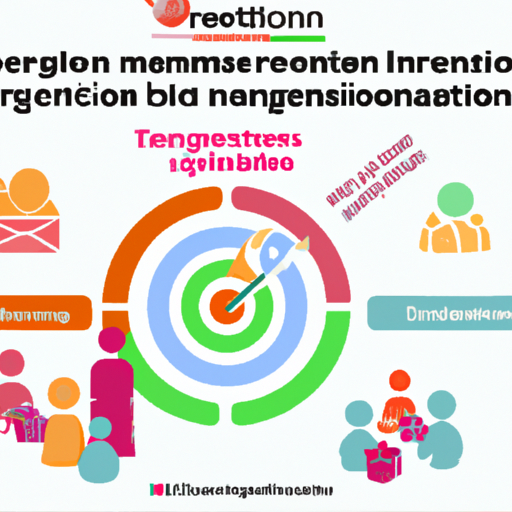Understanding Marketing Segmentation: A Comprehensive Guide
Marketing segmentation is a fundamental strategy in the toolkit of every savvy marketer.
By effectively utilizing marketing segmentation, businesses can target their audience with precision and create campaigns that truly resonate.
But what exactly is marketing segmentation, and why is it so crucial?
Let’s dive in!
What Is Marketing Segmentation?
Marketing segmentation involves dividing a broad consumer or business market into sub-groups of consumers based on some type of shared characteristics.
This approach allows marketers to tailor their strategies to meet the specific needs of different segments, rather than adopting a one-size-fits-all approach.
For instance, a company selling sports apparel might segment its market into professional athletes, fitness enthusiasts, and casual wearers.
Each group would receive tailored messaging that speaks directly to their unique needs and preferences.
Segmentation increases relevance, engages customers on a deeper level, and ultimately boosts conversion rates.
The Importance Of Marketing Segmentation
Why should you invest your time and resources in marketing segmentation?
Here are some compelling reasons:
Better Customer Understanding
When you segment your market, you gain deeper insights into your customers’ preferences, behaviors, and pain points.
This knowledge enables you to develop products and services that genuinely meet their needs.
Imagine being able to anticipate what your customers want before they even know they want it.
That’s the power of effective segmentation!
Enhanced Marketing Efficiency
With clearly defined segments, you can allocate your budget more effectively by targeting only the most promising groups.
This efficiency reduces wasteful spending on broad campaigns that may not appeal to everyone.
Think about how much more effective your email campaigns could be if each message was crafted specifically for the recipient.
That’s achievable through diligent segmentation!
Increased Customer Loyalty
Customers appreciate when brands understand them.
By addressing their specific needs through targeted marketing efforts, you build stronger relationships with them.
Loyal customers are not only more likely to make repeat purchases but also become brand advocates who spread positive word-of-mouth – an essential component of buzz marketing!
Main Types Of Market Segmentation
There are several ways to segment a market:
Demographic Segmentation
This method involves dividing the market based on variables such as age, gender, income level, education level, family size, occupation etc.
For example:
A luxury car brand might target high-income individuals aged 35-50 who hold executive positions within companies.
Knowing these details helps craft messages that resonate strongly with this group while possibly deterring those outside this demographic from feeling alienated or bombarded by irrelevant content.
Geographic Segmentation
Geographic segmentation divides markets based on location such as region (continent/country), city size or climate conditions among others.
For instance:
A sunscreen company would focus its ads primarily in sunny regions where there’s higher demand for sun protection products compared say colder regions where sun exposure isn’t much concern year-round!
Understanding geography helps ensure better allocation resources towards areas likely yield highest returns investment possible!
Psychographic Segmentation
Psychographic factors include lifestyle interests hobbies values attitudes opinions among others.
For instance:
An eco-friendly brand might tailor its offerings promote sustainability green living practices appealing environmentally conscious consumers who prioritize reducing carbon footprint wherever possible!
By tapping into psychographics brands connect audiences deeper emotional levels drive stronger engagement loyalty long-term!
Behavioral Segmentation
Behavioral criteria include purchasing behavior usage frequency benefits sought loyalty status readiness buy etc.
An example here could be:
A coffee shop identifying regular visitors versus occasional ones offering personalized rewards frequent patrons encourage repeat business whilst attracting new footfalls occasional drop-ins via special promotions discounts limited-time offers exclusively accessible through mobile app sign-ups etc!
Behaviorally-segmented strategies keep consumers engaged incentivized maintaining consistent relationship brand touchpoints throughout customer journey lifecycle stages alike!
Implementing Effective Marketing Segmentation Strategies
Now that we understand what’s involved implementing successful strategies requires careful planning execution here steps follow ensure maximum impact results-driven outcomes every campaign launch undertake next:
Research And Data Collection
Start comprehensive research gather relevant data about existing potential customers alike use surveys interviews focus groups analytics tools social media listening platforms gain insights identifying trends patterns commonalities amongst various subsets target audience base itself accordingly thereafter.

